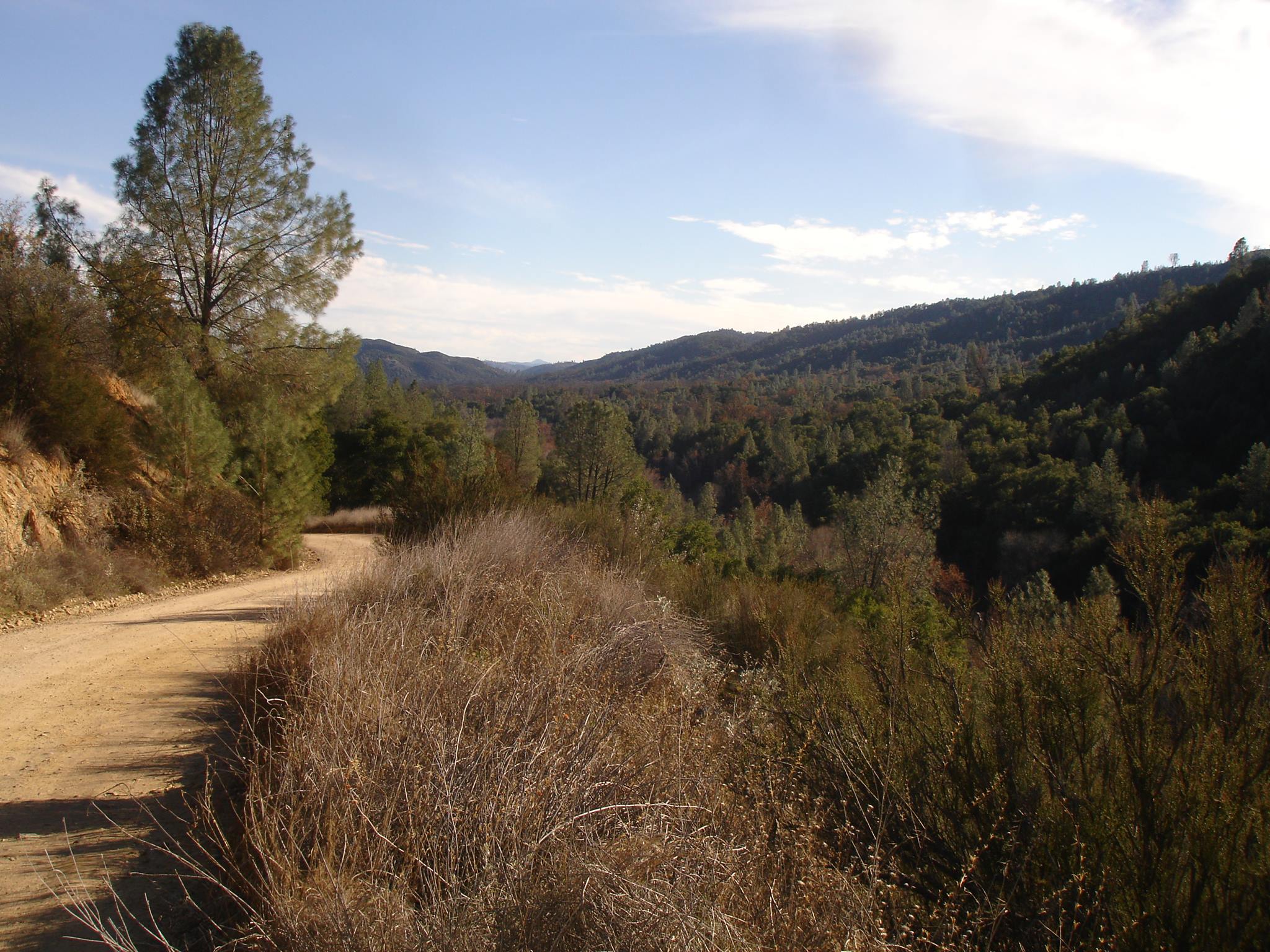Gabrielino
The traditional Gabrielino language area is throughout the Los Angeles basin, to the north in the San Fernando Valley (where it is sometimes known as “Fernandeño”), and to the east. In the 21st century, there are no first-language speakers (Golla 2011). However, tribal members and language activists have been pursuing language revitalization and reclamation. Gabrielino (also called “Gabrieleño”, “Tongva”, and “Kizh”) is a member of the Takic branch of the Uto-Aztecan language family. Within Takic, it is related to Cahuilla, Cupeño, Juaneño, Kitanemuk, Luiseño, Serrano, and Tataviam. The other Uto-Aztecan languages of California are Tubatulabal and the Numic languages (Chemehuevi-Southern Paiute-Ute, Comanche, Kawaiisu, Mono, Northern Paiute, Panamint, and Shoshone).
Selected archival materials at Berkeley
Selected materials in other archives
Further reading
- Bean, Lowell John and Smith, Charles R. 1978. Gabrielino. In Robert F. Heizer (ed.), California, pp. 538-549. Washington D.C.: Smithsonian Institution.
- Golla, Victor. 2011. California Indian languages. Berkeley: University of California Press.
- Hill, Jane H and Hill, Kenneth C. 2019. Comparative Takic Grammar. UC Berkeley Survey Reports, Survey of California and Other Indian Languages. [PDF]
- Jurmain Claudia and McCawley, William. 2009. O, My Ancestor: Recognition and Renewal for the Gabrielino-Tongva People of the Los Angeles Area. Berkeley: Heyday.
- McCawley, William. 1996. The first Angelinos: The Gabrielino Indians of Los Angeles. Banning, CA: Malki Museum Press.
- Munro, Pamela. 2008. Yaara’ Shriraaw’ax ‘Eyooshiraaw’a: now you’re speaking our language Gabrielino/Tongva/Fernandeño. Tongva Language Committee.
